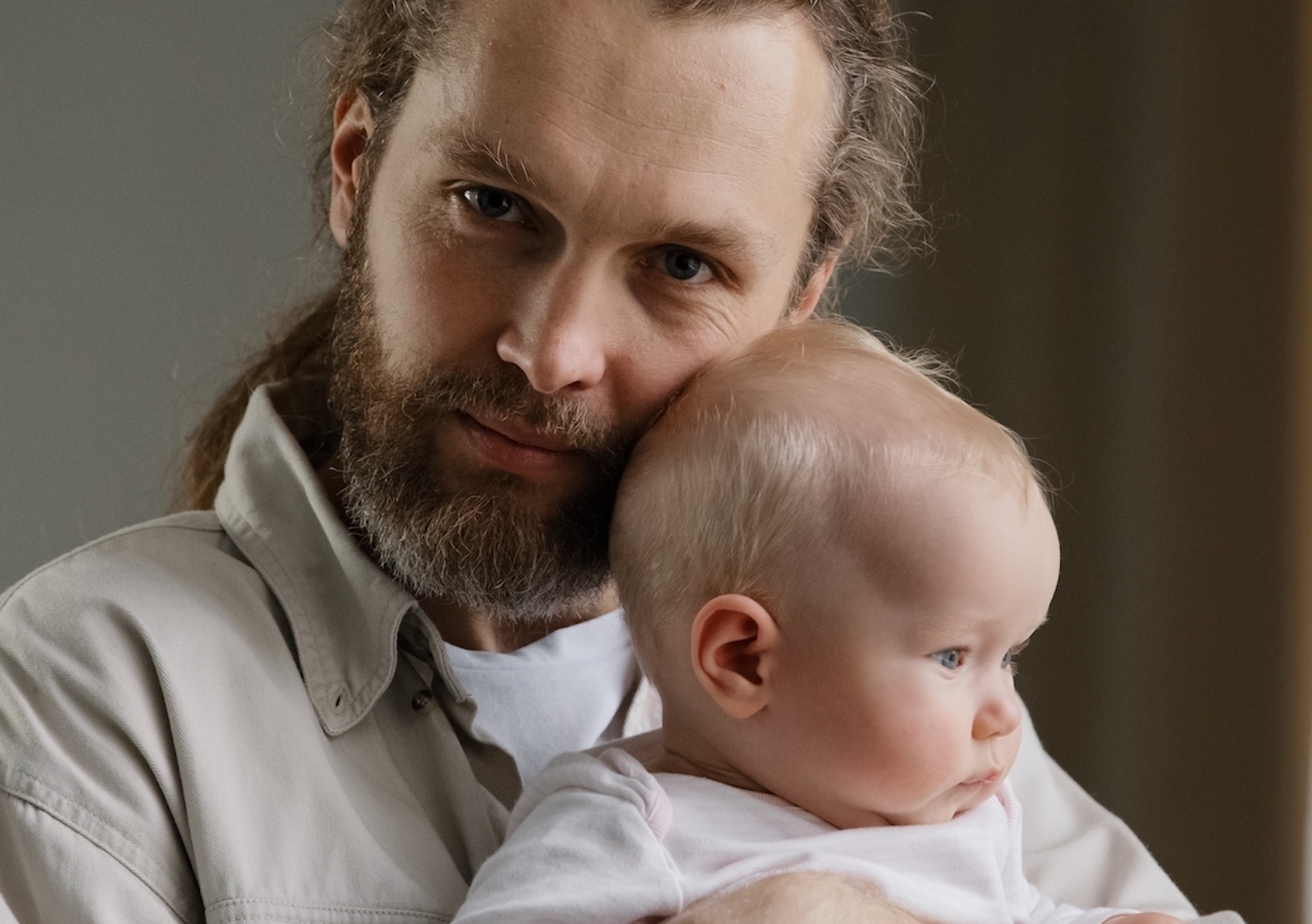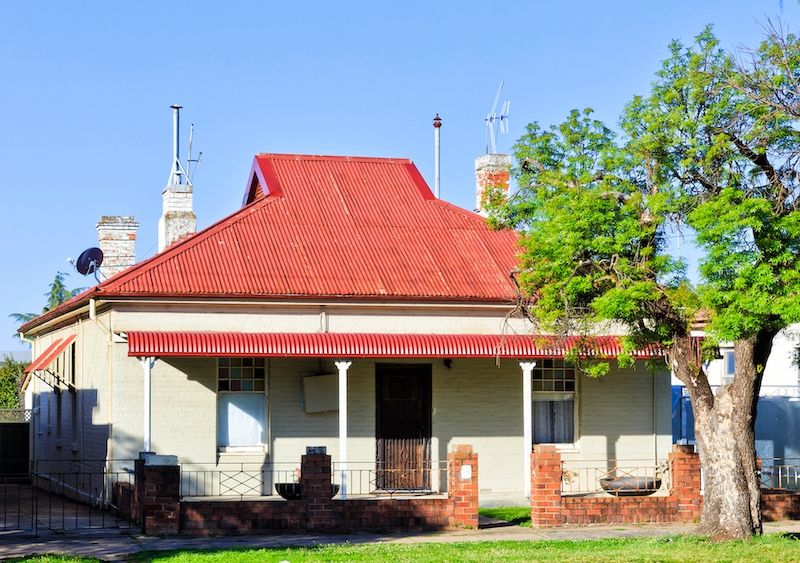UNSW and ACOSS partnership releases research showing more people are now locked into poverty than before the pandemic.
A new report released by the UNSW Sydney and ACOSS Poverty and Inequality Partnership shows how poverty and inequality were dramatically reduced in 2020 but have increased ever since. Covid, inequality and poverty in 2020 & 2021: How poverty and inequality were reduced in the COVID recession and increased during the recovery examines how people at different income levels fared during the two phases of the COVID-19 pandemic.
“This research shows that the COVID support payments changed lives,” Scientia Professor Carla Treloar, Director of the Social Policy Research (SPRC) and the Centre for Social Research in Health (CSRH) at UNSW, said.
“The government’s decision to take away the Coronavirus Supplement and JobKeeper after lockdowns eased in late 2020 without an adequate substitute, and later, to exclude people on the lowest income support payments from the COVID Disaster Payment and prematurely end that payment, locked more people into poverty.
‘’Despite remarkable early progress in reducing poverty and income inequality during the COVID recession, they are both likely to be higher now than before the pandemic. That’s the legacy of the policy response to the pandemic.”
During the Alpha wave in 2020, Australia halved poverty and significantly reduced income inequality thanks to a raft of Commonwealth Government crisis support payments introduced to help people survive the first lockdown. The Coronavirus Supplement and JobKeeper played a crucial role in reducing both income inequality and poverty during the deepest recession in 90 years. Despite an effective unemployment rate of 17 per cent at the time, many people on the lowest incomes could afford to pay their rent and household bills and feed themselves properly for the first time in years, the report shows.
When lockdowns eased in late 2020, the government quickly wound back financial supports and, by April 2021, both the Coronavirus Supplement and JobKeeper Payment had gone. When Delta struck later that year, there were no pandemic income supports for about a million people who were still unemployed.
When the COVID Disaster Payment was introduced in September 2021, 80 per cent of those on the lowest income support payment were excluded. Subsequently, the number of people in poverty rose by around 20 per cent and income inequality increased, with a bias in jobs growth towards high-paid jobs and a rapid rise in investment incomes.
A few weeks after lockdowns ended, those still out of paid work lost their COVID Disaster Payment and joined the 1.7 million people already struggling to get by on the $45 a day unemployment JobSeeker Payment. The report shows that financial stress returned, as did increased reliance on emergency relief.
ACOSS CEO Dr Cassandra Goldie said the COVID-19 pandemic has taught us that poverty and inequality are not an inevitable state of being.
“They grow because government policies allow them to, and in many cases, directly increase them. The income supports introduced during the first COVID wave reduced poverty by half and greatly reduced inequality of incomes. We also showed that good social policy, tackling poverty, is good economics. By targeting income support to those with the least, the vital help was rapidly spent on essentials, helping to keep others in jobs,” Dr Goldie said.
“Australia’s income support system should sustain people in tough times and help them find suitable employment. At just $45 a day, the unemployment JobSeeker Payment is not up to the task and the government acknowledged this by almost doubling it. People out of paid work, or without the paid working hours they need, should not have to spend every waking moment worrying about how they will feed themselves and pay the rent.
“Our response to COVID-19 showed we can end poverty. And when we do, it’s good for all of us.”
The Alpha wave and recession in 2020
- Between March and December 2020, the average incomes of the lowest 20% rose by 8% ($56pw). Those in the next 20% saw their incomes rise by 11% ($144pw). In contrast, the average incomes of the highest 20% fell by 4% ($230pw).
- Between 2019 and the middle of 2020, the percentage of people in poverty fell from 11.8% to 9.9% despite the recession. It would have been twice as high (22.7%) without the COVID income supports.
- Among people in households on the JobSeeker Payment, poverty fell by four-fifths, from 76% in 2019 to 15% in June 2020. Among sole parent families (both adults and children), poverty was reduced by almost half, from 34% to 19%.
- The income support safety net for those on the lowest incomes was buoyed by the $275pw Coronavirus Supplement, 70% of which went to the lowest 40% households by income.
- The JobKeeper wage subsidy of up to $750pw helped sustain the incomes of middle income-earners at risk of losing wages during lockdowns, as 70% of those payments went to the middle 60% of households by income.
The Delta wave and economic recovery in 2021
- In January 2021, the Coronavirus Supplement was cut to $75pw, poverty rose to 14%, well above pre-recession levels. The income of a single adult on the JobSeeker Payment fell to approximately 15% below the poverty line.
- By April 2021, when the supplement was removed completely, and despite an ongoing increase of $25pw to the lowest income support payments, the new rate of JobSeeker Payment fell to approximately 30% below the poverty line and a third of recipients reported increasing difficulty trying to make ends meet.
- By September 2021, COVID-19 Disaster Payment was introduced. It was only paid to people who directly lost paid working hours in a lockdown, and was quickly withdrawn when a lockdown ended. Over 80% of people on the lowest income support payments were denied the COVID Disaster Payment, despite the ongoing impact of the pandemic on their employment prospects.
- The Jobseeker Payment was $391pw and Youth Allowance was $331pw, well below the poverty line at that time. Around 1.7 million people (around 25% more than before the pandemic in September 2019) relied on these and other income supports set well below poverty levels.
- At the same time, many on high incomes saw their incomes surge. From August 2020 to August 2021, the number of high-paying jobs rose 251,000 compared to growth in low-paid jobs of 76,000. Investment incomes surged through 2020-21, comprising one-quarter of all household income growth in that year. Around two-thirds of investment income goes to the highest 20% of households by income.
Covid, inequality and poverty in 2020 & 2021: How poverty and inequality were reduced in the COVID recession and increased during the recovery is the third report in the UNSW Sydney and ACOSS Poverty and Inequality COVID-19 Build Back Fairer series.
Related stories
-

Can Australia's income support system deliver a fairer post-pandemic Australia?
-

Research shows the harmful effects of removing the Coronavirus Supplement
-

One in eight people in Australia is living in poverty, as cost of living pressures increase
-

Governments' response to housing during COVID-19 highlights need for policy reform




